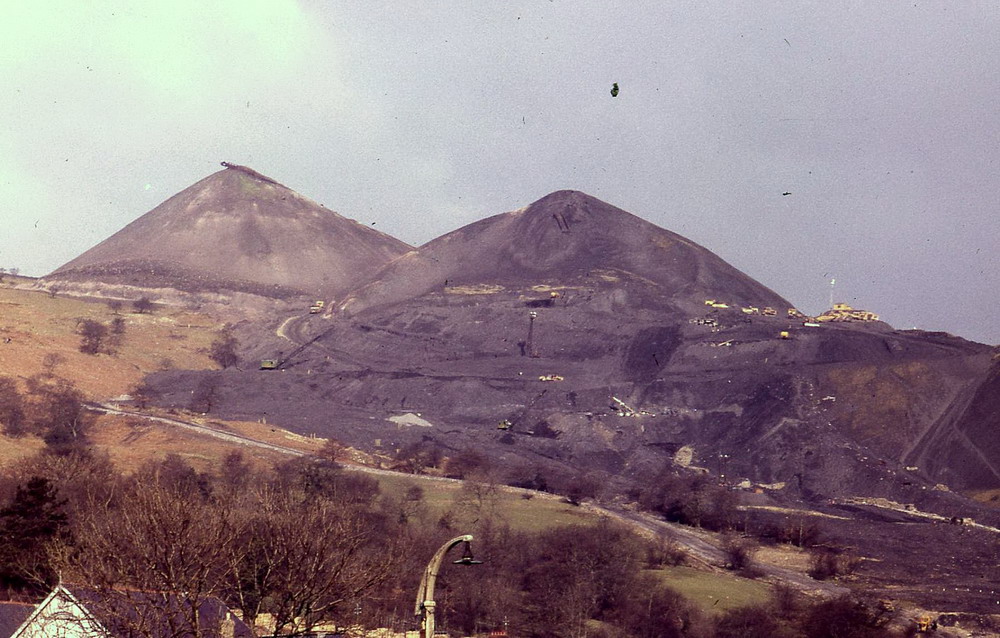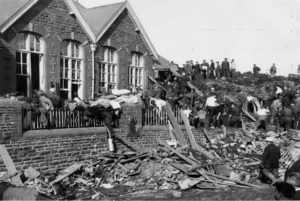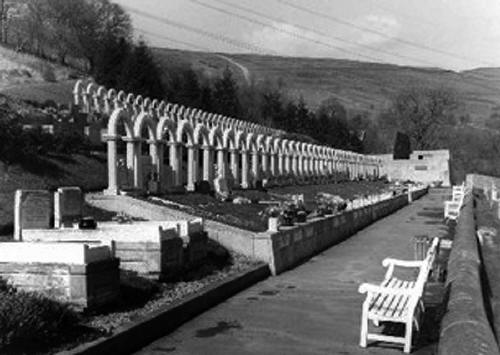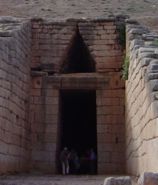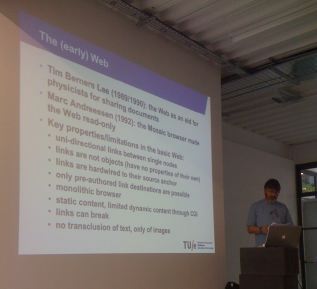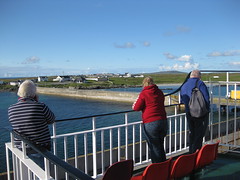 I’m on the ferry on the way back to Tiree. It’s been 2 months since I was home and then only one long weekend since the end of August, so it seems both familiar and strange sitting on the Calmac ferry again as it makes its way out of Oban.
I’m on the ferry on the way back to Tiree. It’s been 2 months since I was home and then only one long weekend since the end of August, so it seems both familiar and strange sitting on the Calmac ferry again as it makes its way out of Oban.
Last autumn I had a similar long stay away, then mostly in the camper van near the University as I was still working full time at Lancaster. This year I am working half time at Lancaster, but also half-time for Talis and for the first three months at Talis spending half my time on site at the Talis offices in Birmingham. After that I’ll be doing my Talis job based from home, only going down more occasionally, so after Christmas will get more time at home.
Instead of my camper van I’ve been staying a lot at the ‘Talis house’, a house near Solihull for small off-site meetings and for those like me who live a long way away from Talis’ Birmingham offices (others live in France, Italy, and the USA). It was rather claustrophobic last autumn spending most of my weekends in my office at Lancaster, so having Talis house as a base has been good. However, I do miss that snug feeling in the back of the camper van hunkering under the bedclothes, with a take-away on my knees and watching a DVD, while the van rocked in time to the whistling wind outside.
Working half time for Talis has also imposed a discipline on my time working in my University role. Since last Christmas I have been formally working half time at Lancaster (certainly getting half pay!), but as those who work in the universities know, it is hard to put a limit on things. The idea was that this meant I would get half my time to do ‘my stuff’, research and writing. Of course I knew cutting my old 80-hour weeks down to 20 or even 40 would not happen, but I would at least get a little more time than I have become used to.
One of the half expected and half surprising things about the shift to half-time working for the University last January was the way other people dealt with it.
I guess for years I have implicitly ‘educated’ both fellow academics and students in their expectations; whenever there was something to be done, a report to read or write, I would say things like “ah this weekend I’ve already got this other task to do, but I’ll do it the next weekend” — basically assuming that weekends and evenings, strictly the unpaid times, were the times when things happened. After a bit students would get used to giving me things on Friday in the expectation that I would then have time to do it.
When I shifted to half time people would extend this notion and say “ah now you have more time you can do X”: reviews, reading student work, etc. As I said this was half expected, I had the feeling I would need to re-educate people. However, what surprised me was not that people acted this way, but that they said it, and even wrote it in emails. I would have thought that when they saw it explicitly in front of them they would think, “oh no Alan now has less time for these things”, but no; it is amazing how little we notice of what we say and do.
Anyway now things are different. Instead of it being ‘my time’ that my academic life intruded into, it is now Talis’ time and this is something others can respect more, and I guess I also respect more than my own time.
So how is it working — really being a half-time academic?
In fact of course, I still work most weekends and long days, so I have somewhat more than a full-time week of effort, so I am not yet down to 20 hours of university work, but certainly a lot less time then when I was simply trying to protect my own (unpaid!) time.
In January when I shifted to half-time, I said I’d do a day a week while at home effectively eating nearly half of my ‘half time’, meaning I was expecting to spend about 60 days a year away from home whether on site in Lancaster or travelling. In fact during this Autumn alone, by Christmas I will have spent 53 days either on site in Lancaster or travelling on University business, that is more than 2/3 of the formal 75 working days in the period and nearly all my annual ‘not at home’ Lancs working days! This doesn’t seem to add up given 1/2 time spent in B’ham, but of course the 53 days of Lancaster time includes many weekends away while travelling that I wasn’t used to counting when a ‘full time’ academic.
I clearly need to cut this down further! However, even now, being stricter than I was with ‘my time’, cracks are beginning to show. I can see students getting unhappy as it takes me longer to find time to read things they have written, and colleagues patiently realising that email to me is getting even less reliable. So much of the life of an academic depends on things done in ‘extra time’ whether weekends or evenings, or in my case earlier in the year unpaid time; when you cut back on that things simply do not happen.
From Christmas I will not have the imposed discipline of days at the offices at Talis, so will need to maintain this more for myself. However, the last few months have helped and I will certainly keep careful records to make sure Talis gets its fair share of my time and that the University does not consume so much of my ‘own’ time as rest is also part of working well.
Even though I have effectively ‘used up’ most of my university on-site/travelling days, I will of course not say “no more until next September’ (!), but will at least try to control it more. And I will also try to let some of the more balanced view of work and life I am learning at Talis influence my attitudes at the University.
And no, I won’t be reading email this evening.

